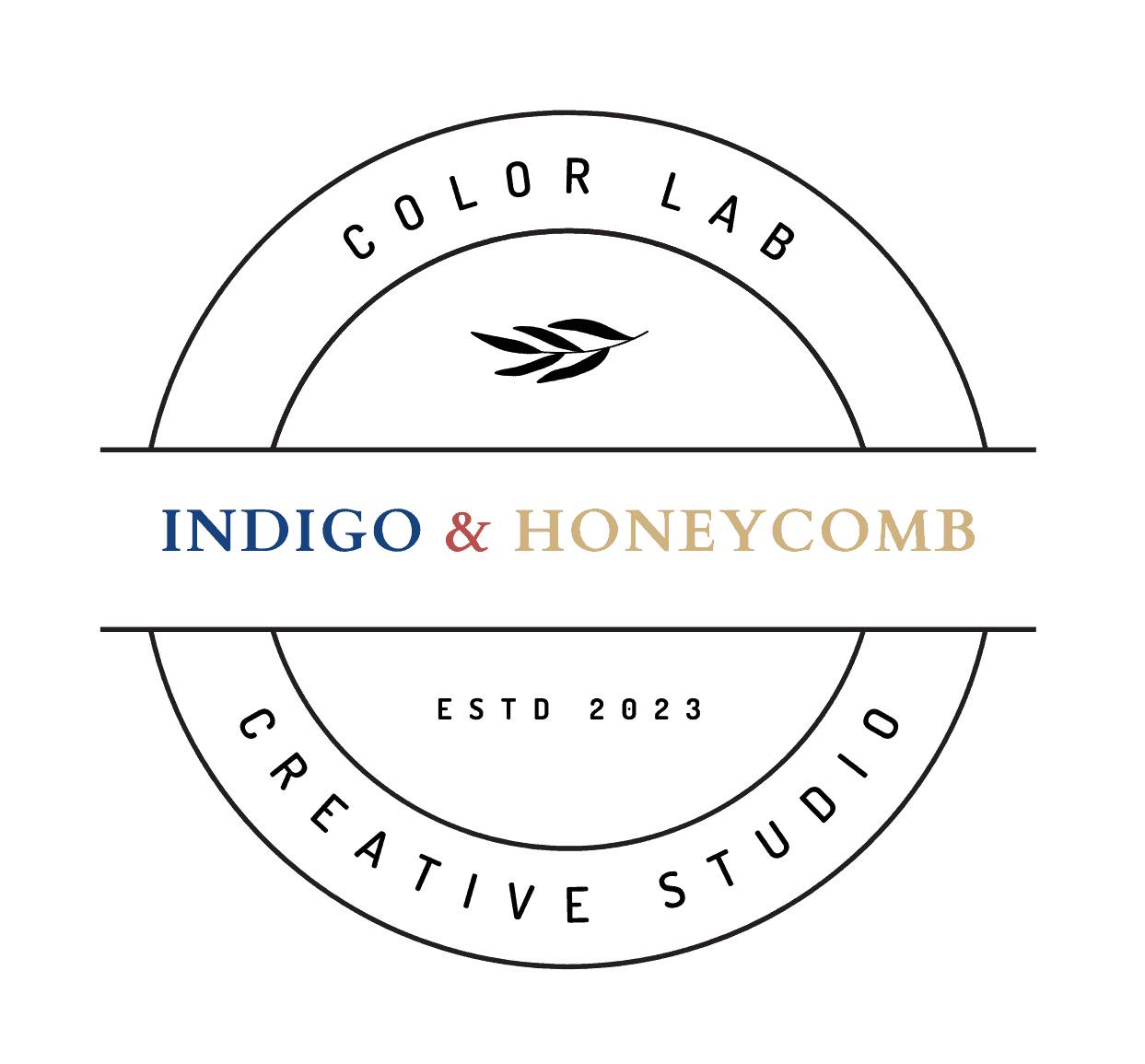How Colors Influence Mood and Behavior
Welcome to Indigo & Honeycomb COLOR LAB! In our previous articles, we explored the basics of the color wheel and color harmonies. Today, we’re delving into the fascinating world of color psychology. Understanding how colors affect mood and behavior can significantly enhance your design projects, marketing strategies, and even personal spaces. Let’s dive in and explore the powerful impact of color on our emotions and actions.
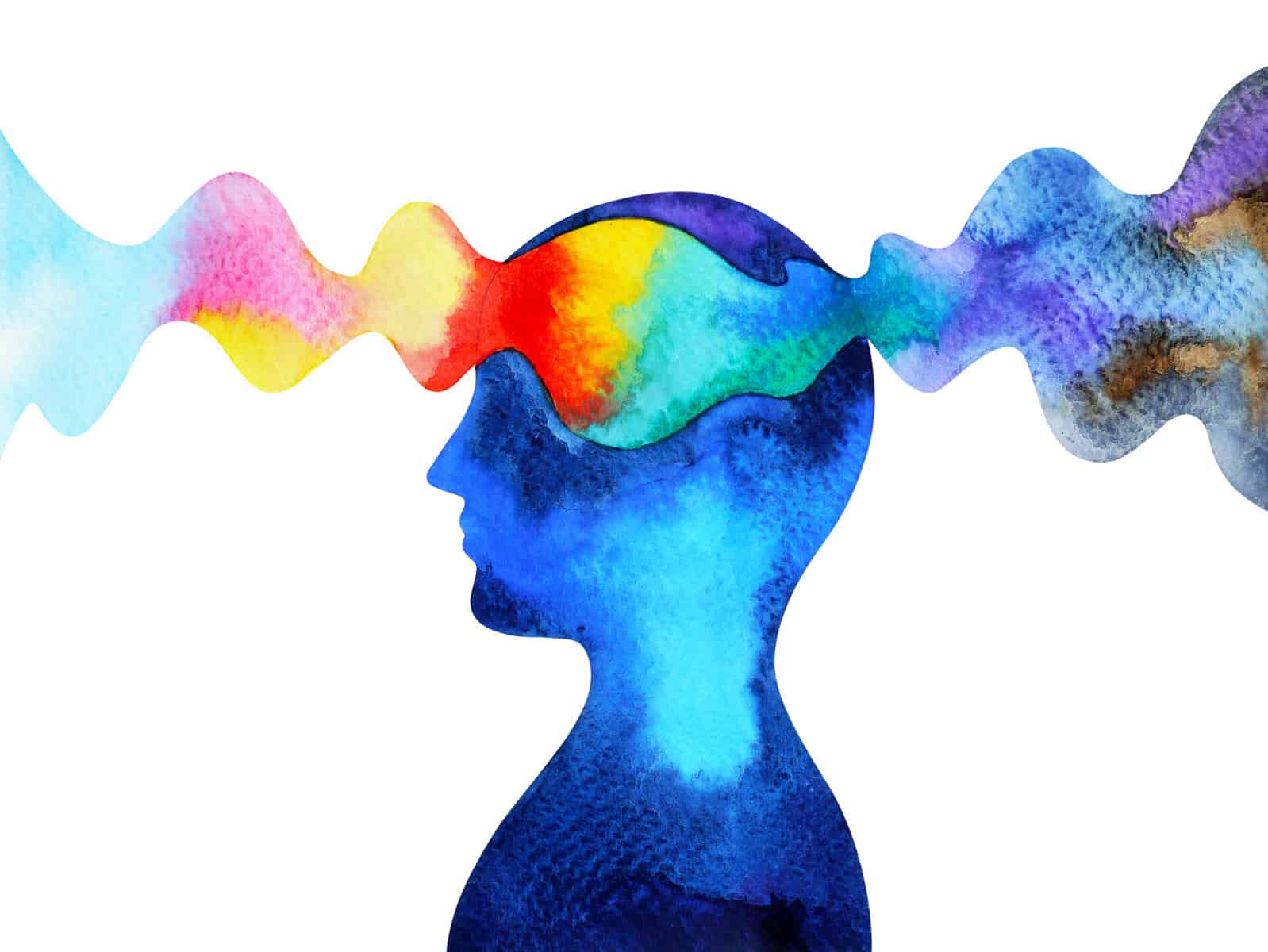
What is Color Psychology?
Color psychology is the study of how colors affect human behavior and emotions. Colors can evoke specific feelings, influence decisions, and even impact our physiological responses. This field is widely used in marketing, branding, interior design, and art to create desired emotional responses and convey specific messages.
The Emotional and Psychological Effects of Colors
Let’s explore the psychological effects of some common colors and how they can be used effectively.
Red: Energy and Passion
- Emotion: Red is a powerful color associated with passion, excitement, and energy. It can increase heart rate and create a sense of urgency.
- Usage: Use red to grab attention, stimulate appetite, and evoke strong emotions. It’s often used in restaurants, sales promotions, and to highlight important elements in design.
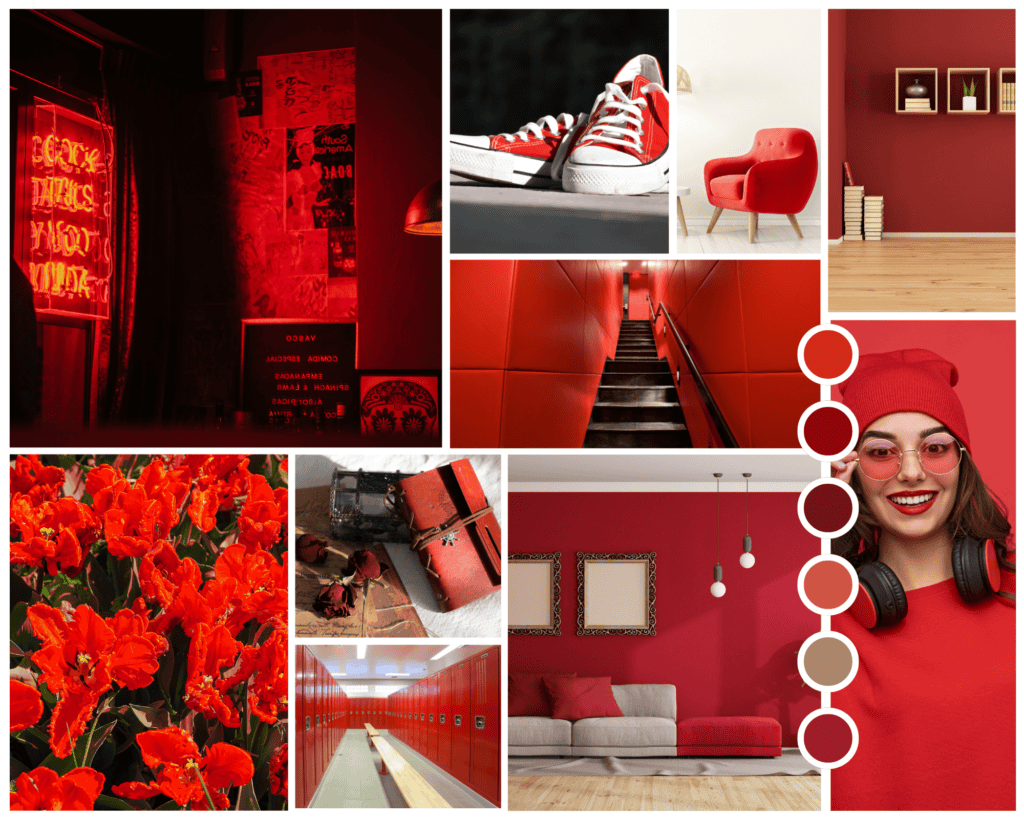
Blue: Calm and Trust
- Emotion: Blue is a calming color that evokes feelings of peace, trust, and stability. It can lower blood pressure and reduce anxiety.
- Usage: Use blue in environments where relaxation and focus are needed, such as bedrooms, offices, and corporate branding. It’s a popular choice for financial institutions and healthcare providers.
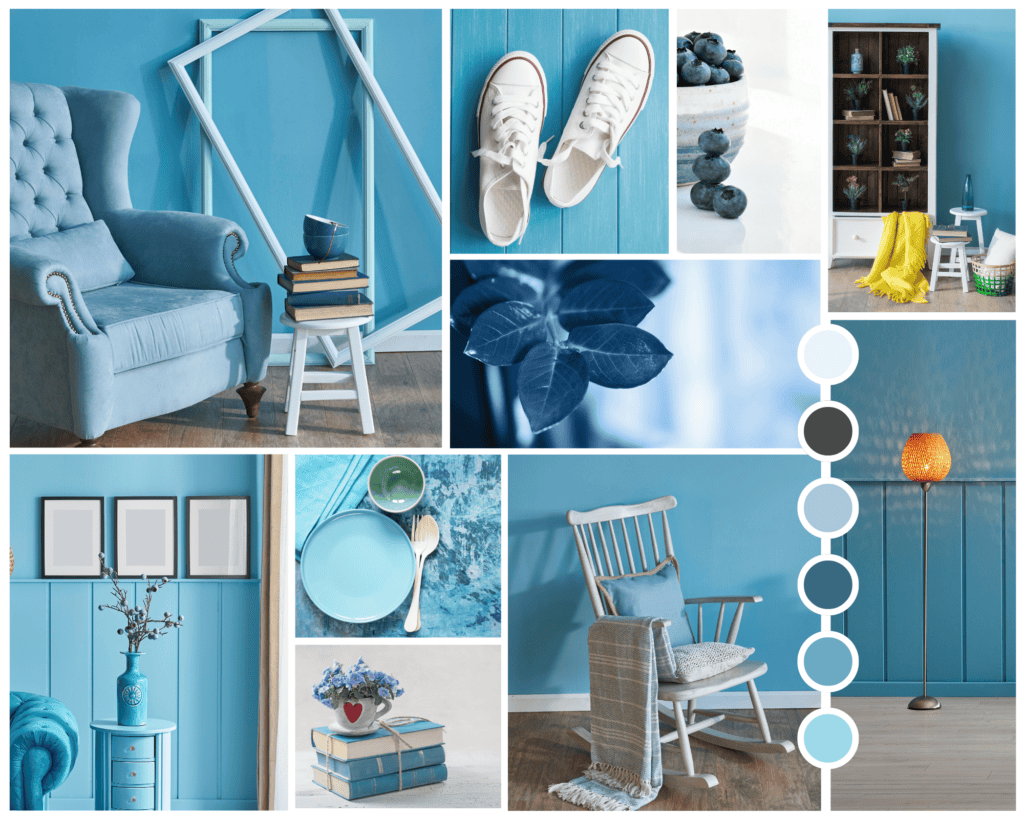
Yellow: Happiness and Optimism
- Emotion: Yellow is a cheerful color associated with happiness, optimism, and warmth. It can stimulate mental activity and create a welcoming atmosphere.
- Usage: Use yellow to create a positive, energetic environment. It’s great for kitchens, playrooms, and retail spaces. However, too much yellow can cause feelings of frustration and anxiety, so use it sparingly.
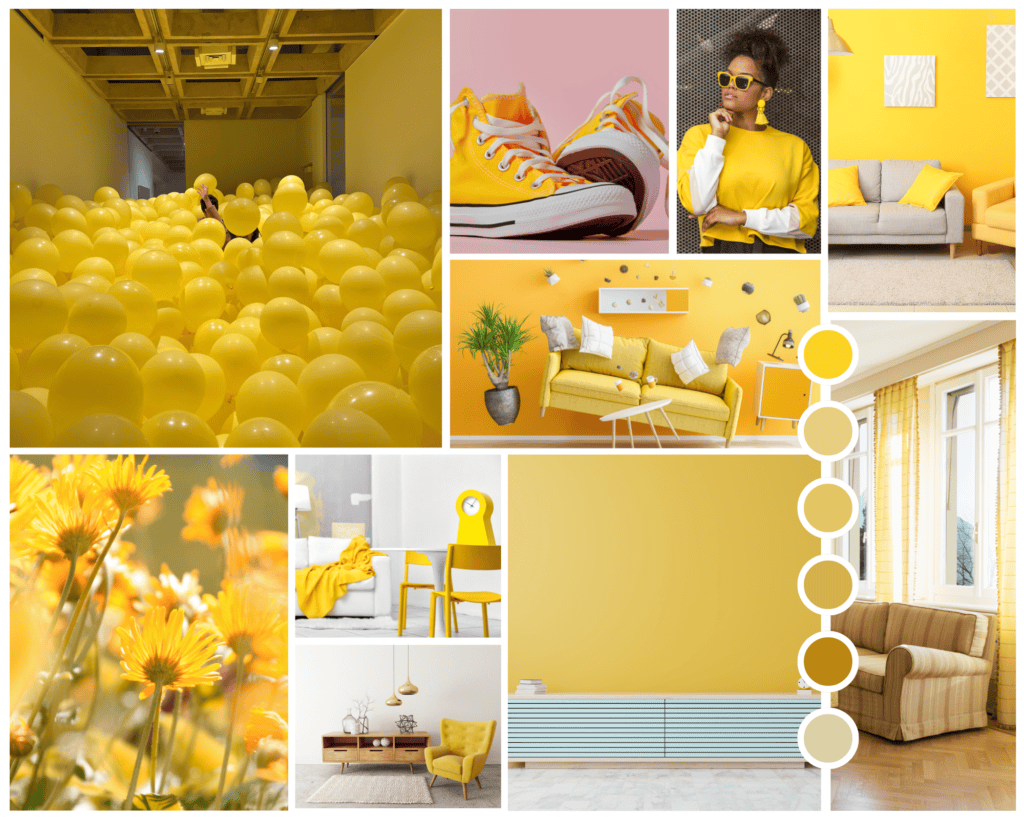
Green: Balance and Harmony
- Emotion: Green is a refreshing color that symbolizes nature, growth, and harmony. It has a calming effect and can reduce stress.
- Usage: Use green to create a relaxing and balanced environment. It’s ideal for living rooms, healthcare settings, and eco-friendly brands. Green is also associated with wealth and prosperity, making it a popular choice for financial sectors.
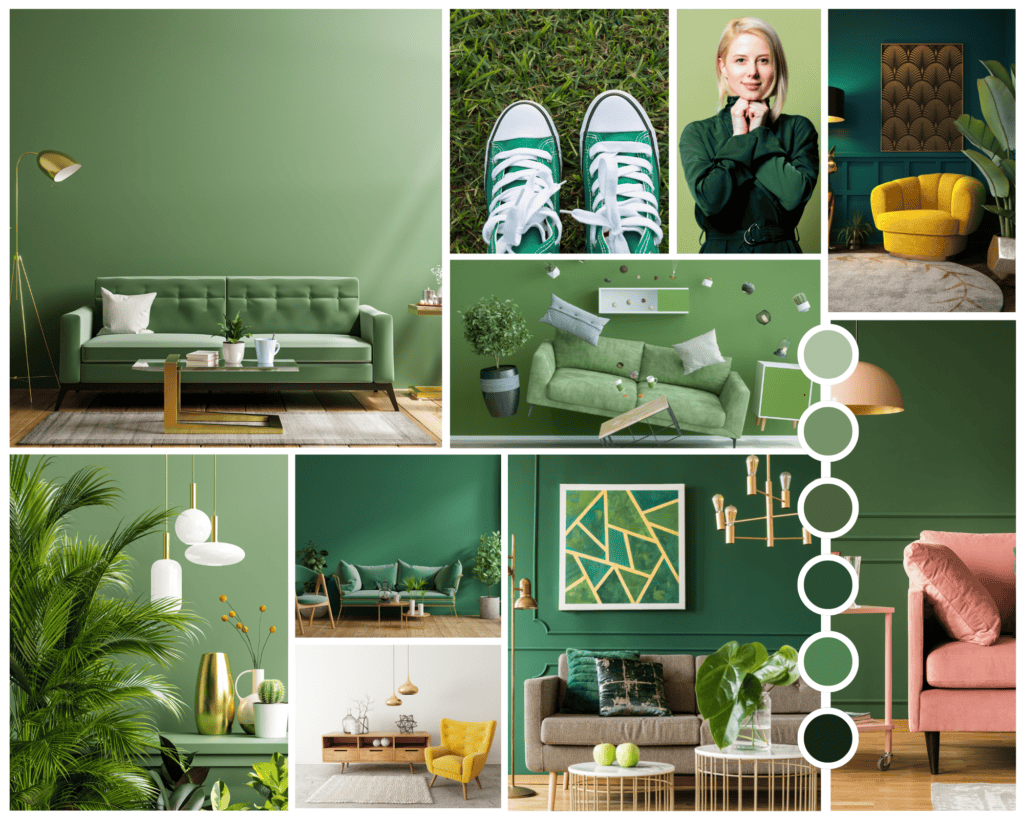
Purple: Creativity and Luxury
- Emotion: Purple is a luxurious color associated with creativity, wisdom, and spirituality. It can stimulate the imagination and evoke a sense of mystery.
- Usage: Use purple to add a touch of elegance and sophistication. It’s perfect for creative spaces, high-end brands, and products targeting a sense of luxury and exclusivity.
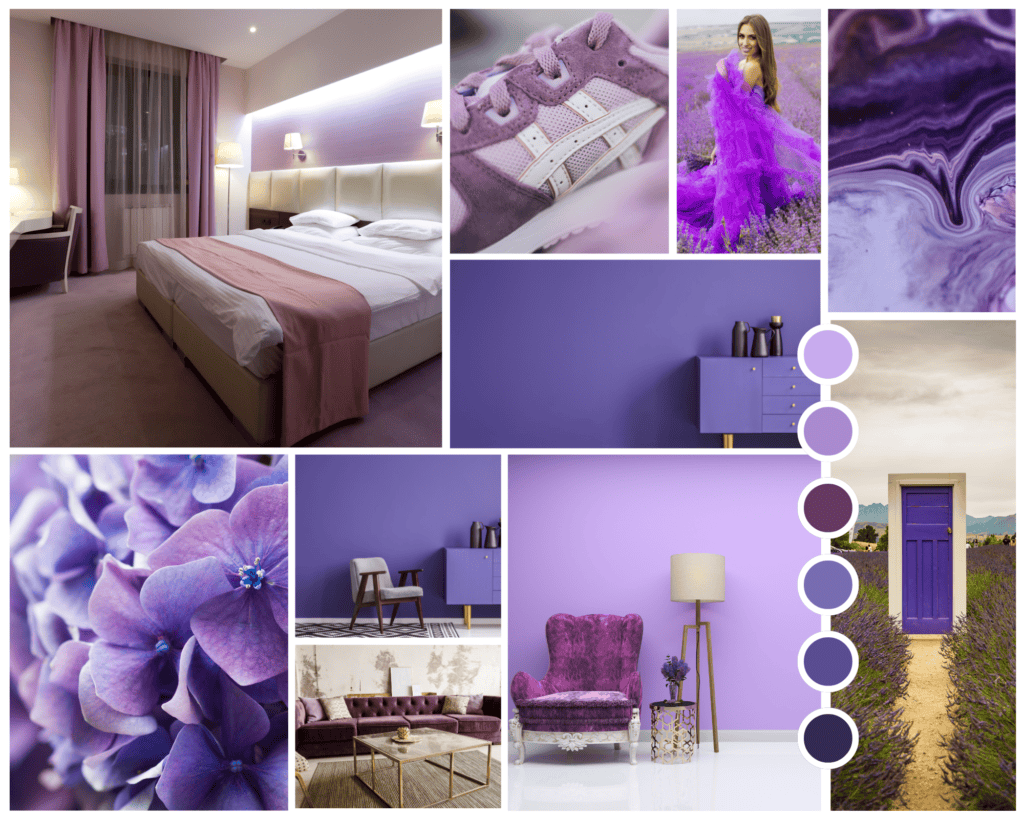
Orange: Enthusiasm and Warmth
- Emotion: Orange is an energetic and enthusiastic color that combines the warmth of red and the cheerfulness of yellow. It can increase energy levels and stimulate social interaction.
- Usage: Use orange to create a lively and inviting atmosphere. It’s great for fitness centers, social spaces, and promotional materials aimed at encouraging action and enthusiasm.
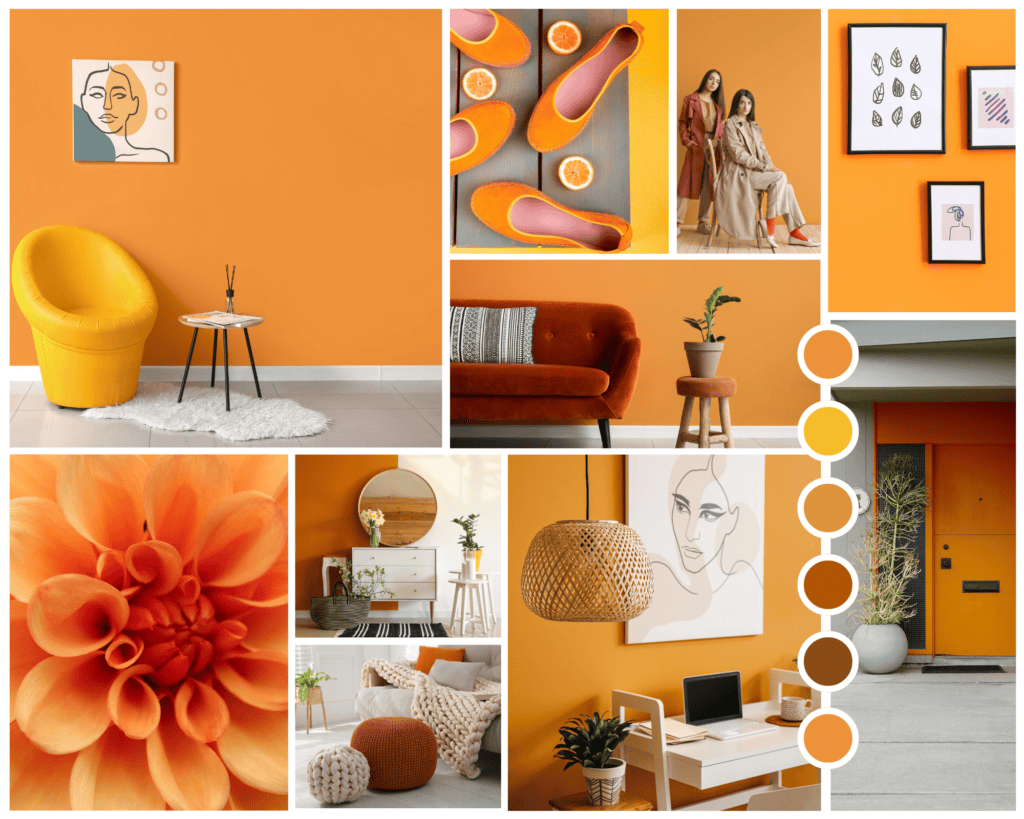
Pink: Love and Calm
- Emotion: Pink is a nurturing color associated with love, kindness, and calm. It can create a soothing environment and is often used to reduce aggression.
- Usage: Use pink in spaces designed for relaxation and comfort, such as bedrooms and nurseries. It’s also effective in marketing products related to beauty and care.
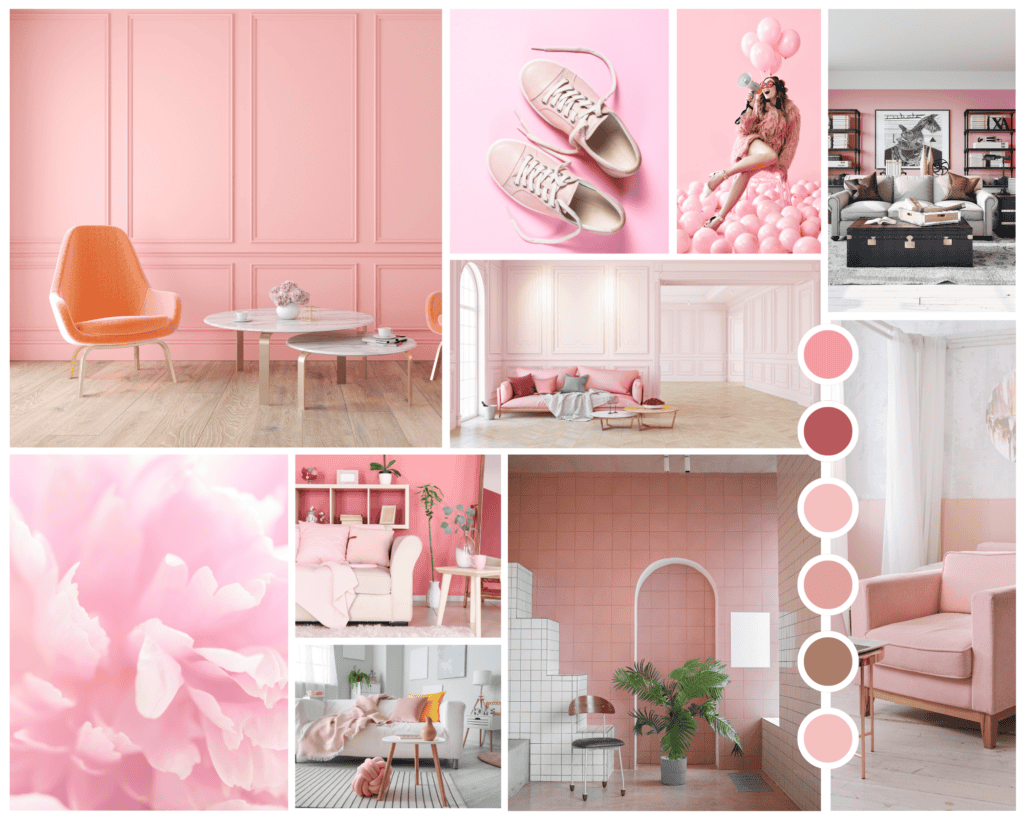
Black: Sophistication and Power
- Emotion: Black is a powerful color associated with sophistication, elegance, and authority. It can create a sense of mystery and drama.
- Usage: Use black to convey a sense of luxury and formality. It’s commonly used in high-end fashion, technology, and luxury products. However, too much black can feel overwhelming, so balance it with lighter colors.
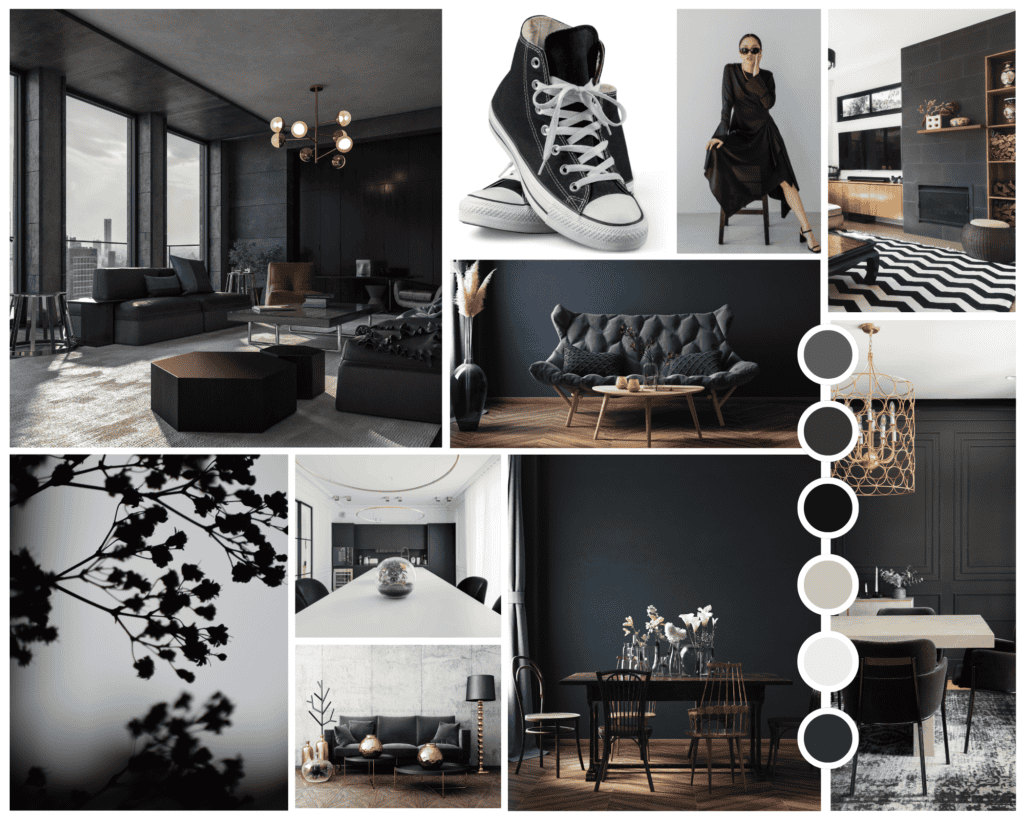
White: Purity and Simplicity
- Emotion: White is a clean and pure color associated with simplicity, innocence, and new beginnings. It can create a sense of space and clarity.
- Usage: Use white to create a minimalist and airy feel. It’s ideal for modern designs, healthcare environments, and brands that emphasize cleanliness and simplicity.
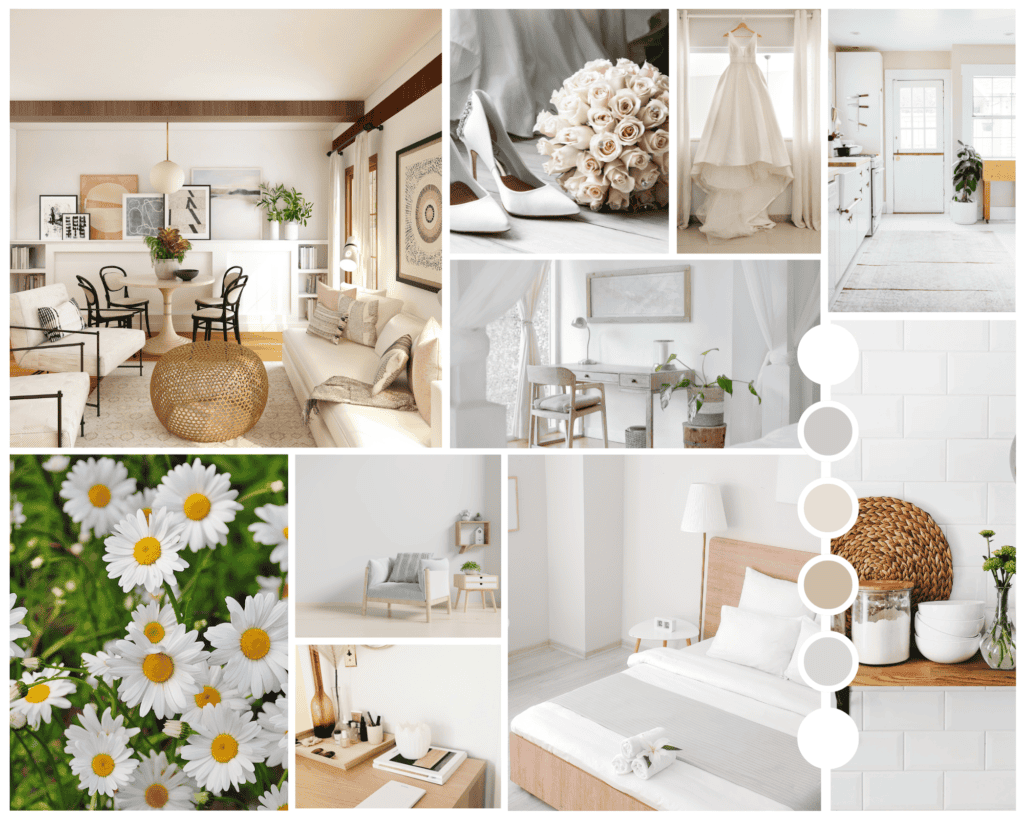
How to Use Color Psychology in Design
- Understand Your Audience: Different cultures and demographics may interpret colors differently. Research your target audience to ensure your color choices align with their preferences and cultural associations.
- Set the Mood: Decide what emotions you want to evoke in your audience. Choose colors that align with the mood and message of your project or brand.
- Create Contrast: Use contrasting colors to draw attention to important elements and create visual interest. This can guide viewers’ focus and highlight key information.
- Consistency is Key: Maintain color consistency across all your design elements to create a cohesive and recognizable brand identity.
- Test and Iterate: Test your color choices with your audience and gather feedback. Be willing to make adjustments based on their responses to ensure your colors effectively convey the desired emotions and messages.
Conclusion
The psychology of color is a powerful tool that can transform your designs and spaces by influencing mood and behavior. By understanding how different colors affect emotions, you can create more effective and engaging designs that resonate with your audience. Whether you’re designing a website, decorating a room, or creating a marketing campaign, the right color choices can make all the difference.
Stay tuned for more articles from Indigo & Honeycomb COLOR LAB as we continue to explore the fascinating world of color. Next, we’ll provide practical tips on how to choose the perfect color palettes for your projects.
Happy designing!
